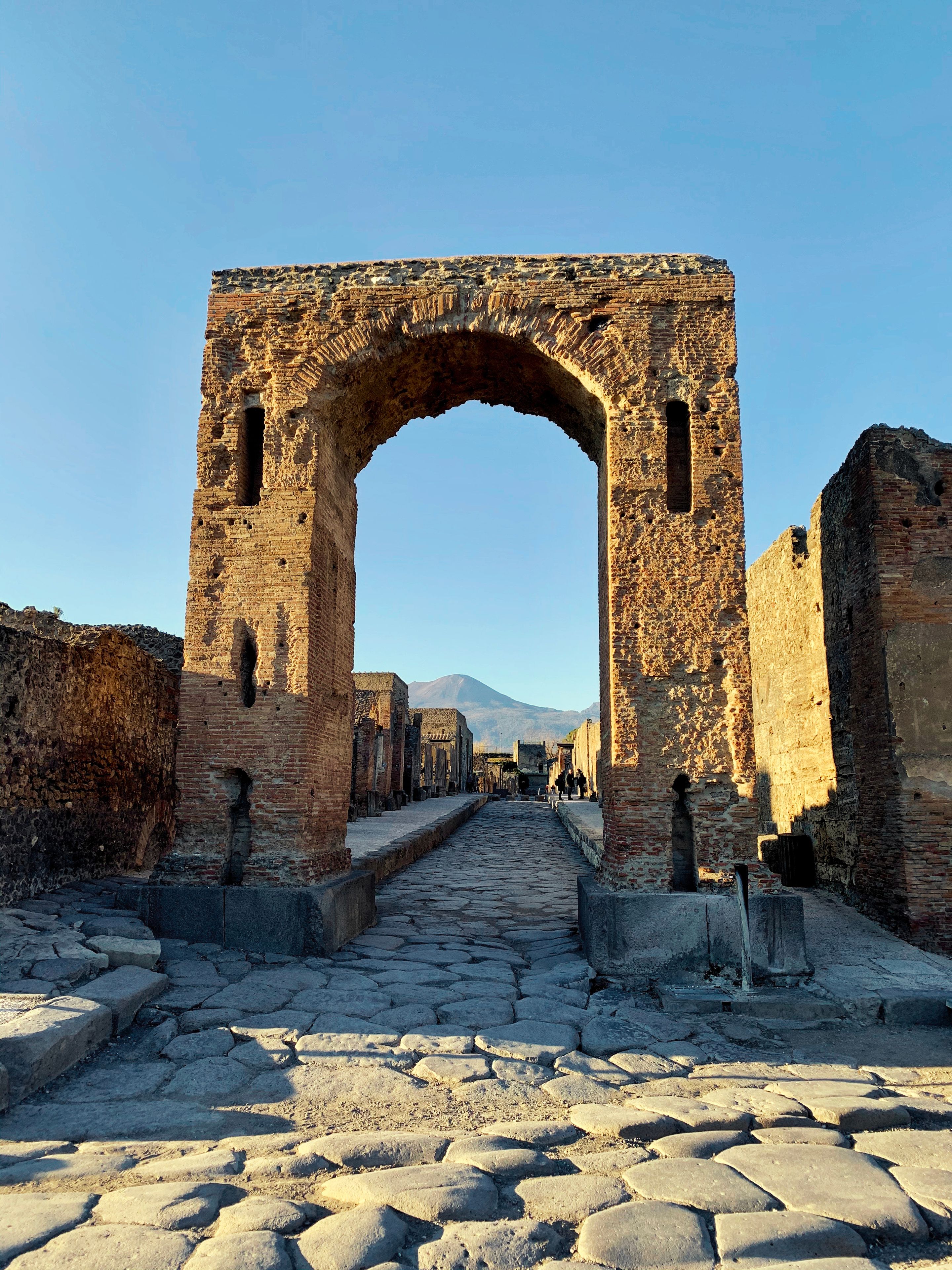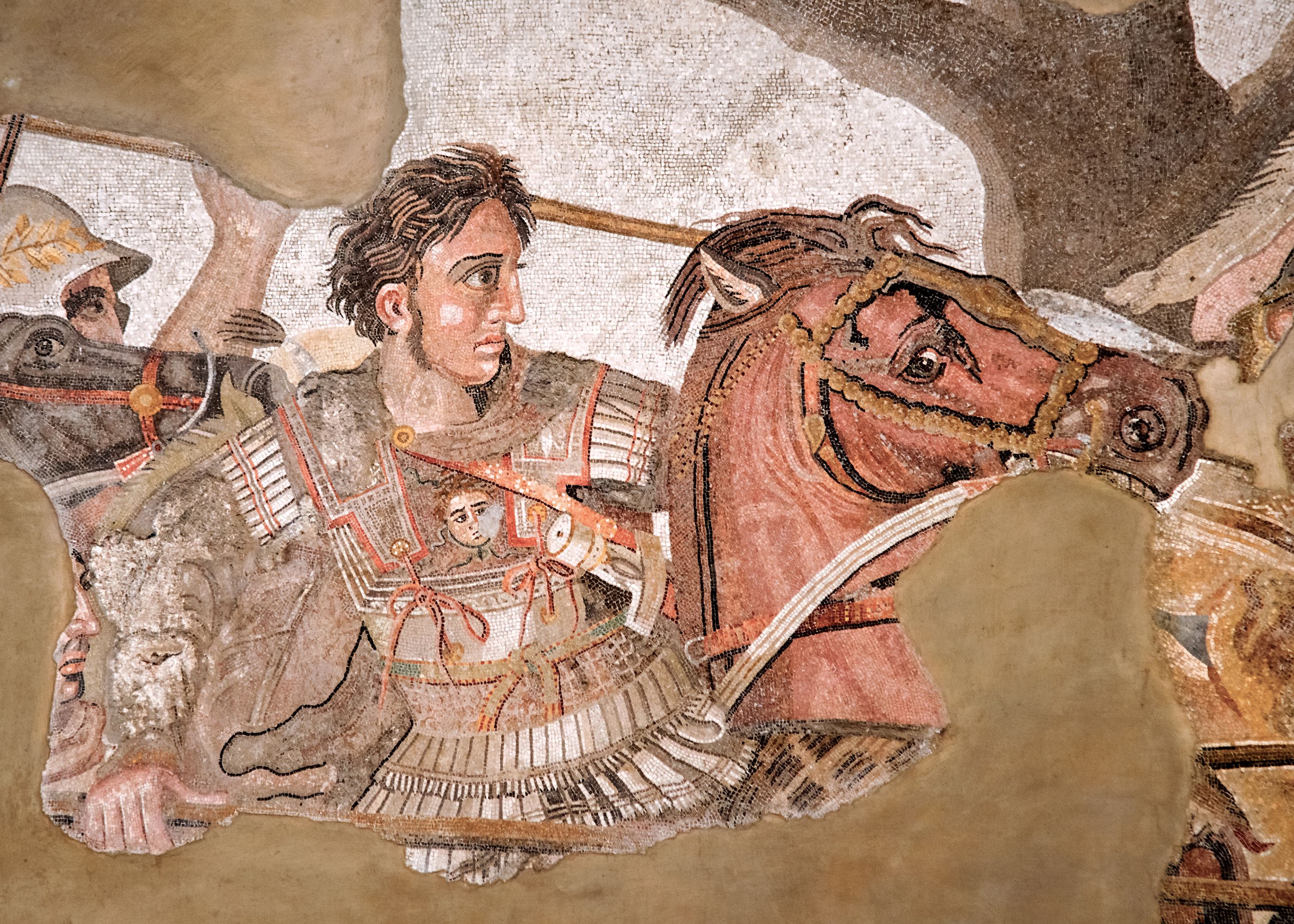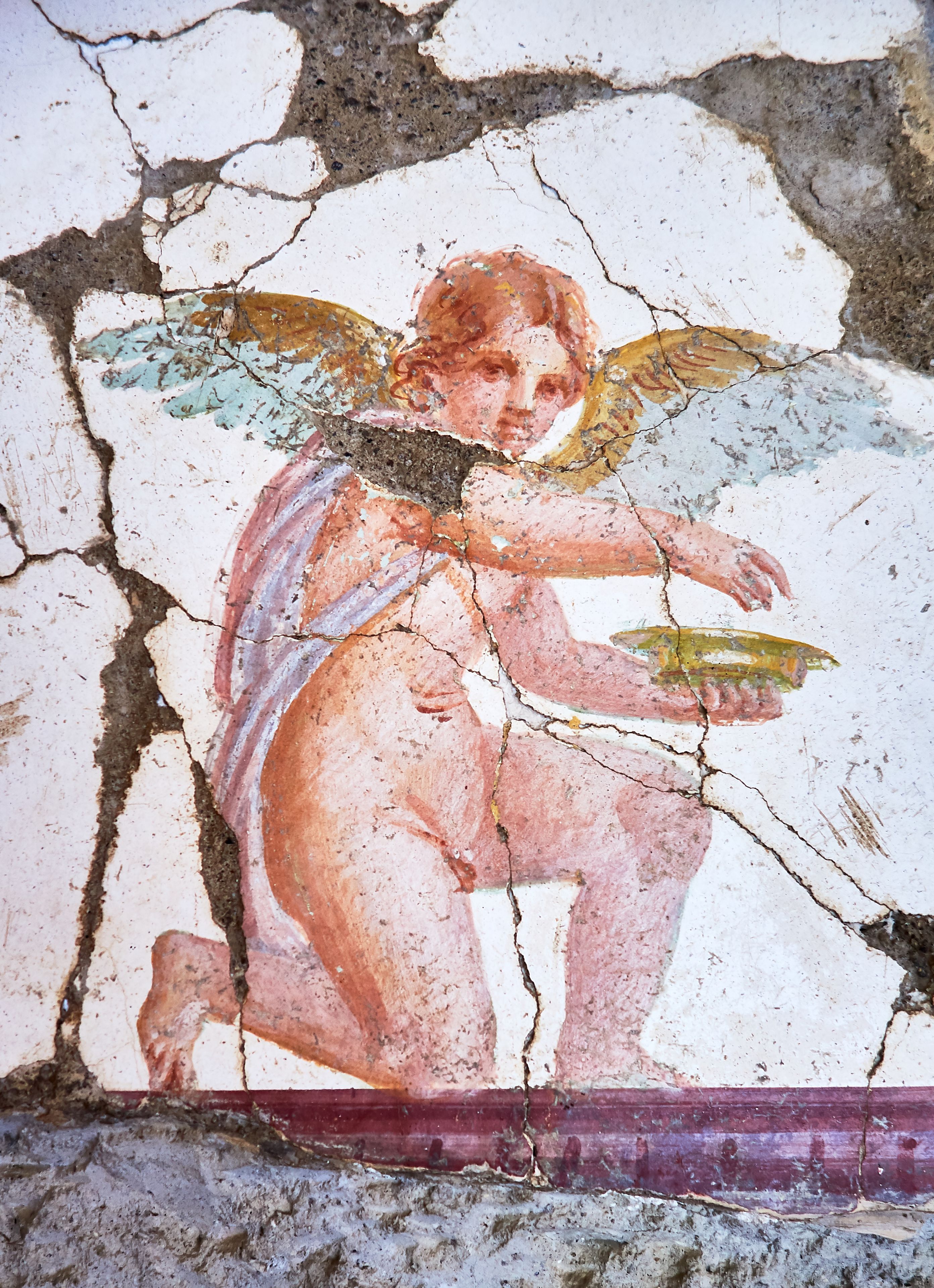Pompeii

Summary
The explosive eruption of Vesuvius in AD79 devastated lives and livelihoods throughout the Bay of Naples but it also preserved for posterity the evidence of those lives. Instead of being tidied away, worn out, disposed of, recycled or built over, their private possessions, dwellings and even their mortal remains have been preserved at one particular moment to provide a snapshot of life nearly 2,000 years ago. Here lie unique examples of Roman culture from a time when the relatively new Roman Empire was at its most vigorous, with a physically and socially mobile population expressing wealth and status in an astonishing variety of ways. For over 300 years since excavations began at the beginning of the 18th century, a picture of how people lived and died here has been slowly emerging. The story of these excavations is the history of archaeology itself, evolving from the treasure-hunt it once was to the forensic science it is today.
This is an exciting time for visitors to Pompeii and Herculaneum, as new discoveries are constantly being made, and new houses constantly opened up. Lose yourself in the past, walking the ancient streets in the footsteps of gladiators, slaves, senators and citizens in the company of an expert archaeologist.
What to Expect
- Spend a whole day in Pompeii and visit newly excavated houses
- Enjoy special access to the fabulous storerooms at Paestum
- Explore two opulent Roman villas at Stabiae remarkable for their frescoes




